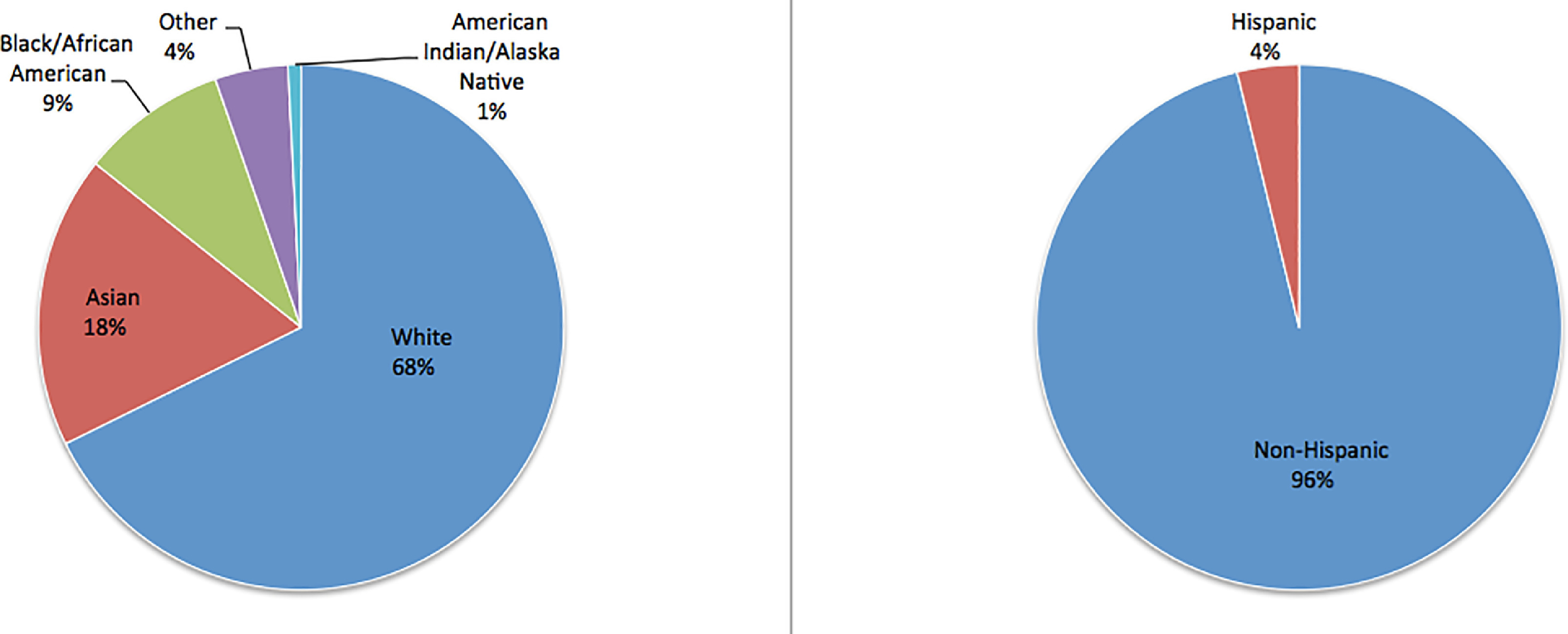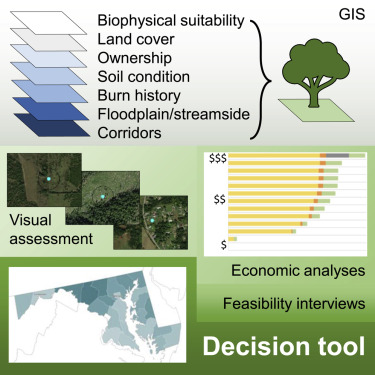Objective: To define the current proportion of underrepresented minority (URM) academic urologists in leadership positions. Methods: A cross-sectional observational study of leadership positions in active United States Urology Residency Programs in 2020 was conducted. Academic urologists in leadership positions were electronically mailed a survey asking about personal and professional demographics. Self-reported variables including administrative position, race, and ethnicity were collected and analyzed.
Suffering has been a topic of considerable discussion in the fields of medicine and palliative care, yet few studies have reported causal evidence linking the experience of suffering to health and well-being. In this three-wave prospective cohort study, we explore the potential psychological implications of suffering during the COVID-19 pandemic by examining relations among suffering, mental health, and psychological well-being in a sample of U.S. adults living with chronic health conditions.
Elsevier, Alzheimer’s Disease: Understanding Biomarkers, Big Data, and Therapy, Volume , 1 January 2021
In the next 30 years, Alzheimer’s disease cases are predicted to drastically increase. Consequently, there is a critical need for research that can counteract the increasing number of Alzheimer’s disease patients. However, current methods of Alzheimer’s disease research have significant limitations. For example, Alzheimer’s disease research is often restricted by resource, temporal, and recruitment barriers (e.g., participant dropout). Unlike standard research, big data analysis is excellent at investigating complex long-term phenomena such as Alzheimer’s disease.
This research examines high-elevation biocrusts on volcanic tephra in Haleakalā Crater, Maui, Hawai′i; geomorphic, ecological, and pedological processes are discussed, in order to provide an integrated geoecological view of linkages that have influenced biocrust genesis. The study considers four spatial scales: (i) the landscape scale; (ii) the site scale; (iii) the miniature scale and, (iv) the microscopic scale.
Background: Patients from ethnic minority groups are disproportionately affected by Coronavirus disease (COVID-19). We performed a systematic review and meta-analysis to explore the relationship between ethnicity and clinical outcomes in COVID-19. Methods: Databases (MEDLINE, EMBASE, PROSPERO, Cochrane library and MedRxiv) were searched up to 31st August 2020, for studies reporting COVID-19 data disaggregated by ethnicity. Outcomes were: risk of infection; intensive therapy unit (ITU) admission and death. PROSPERO ID: 180654.
Restoring forest cover is a prominent option for climate mitigation. Effective deployment requires knowing where opportunities are and how they vary in carbon capture, costs, co-benefits, and feasibility. Here, we combined spatial, economic, and feasibility analyses to examine 10 different opportunity classes for restoration of forest cover across the contiguous United States. These include non-stocked forests, shrublands, protected areas, post-burn landscapes, pasture lands, croplands with challenging soils, urban areas, floodplains, streamsides, and biodiversity corridors.
Agroecosystems make up a significant portion of terrestrial ecosystems and receive a disproportionally high amount of terrestrial nitrogen inputs from fertilizer, leading to nitrogen loss and associated environmental problems. Integrated crop livestock systems, such as pasture-integrated crop rotations, may be more environmentally sustainable however the long-term effects of this management practice on soil microorganisms and nitrogen transformations are not well understood.
Change point analysis can reveal when a biomarker starts to diverge from the pattern of normal aging. This paper analyzes several biomarkers from the Alzheimer’s Disease Neuroimaging Initiative (ADNI) to estimate the sequence and timing of their change points relative to a subsequent clinical diagnosis of mild cognitive impairment (MCI) in subjects initially considered cognitively normal (CN).
Based on the responses of a nationwide survey, this article explores the significant impact that COVID 19 has had on radiologists across the nation and, in the context of SDG 3, the impact on their mental health.
In this brief perspective piece, a rural sexual assault nurse examiner (SANE) program is described in the hopes that dissemination will lead to increased numbers of rural SANEs, increased reporting of sexual assaults in rural and underserved communities, increased prosecution rates of sexual assault perpetrators, and program sustainability through the provision of a nurse-centered approach to training and support. This article contributes SDGs 3, 5, 9, and 16.


